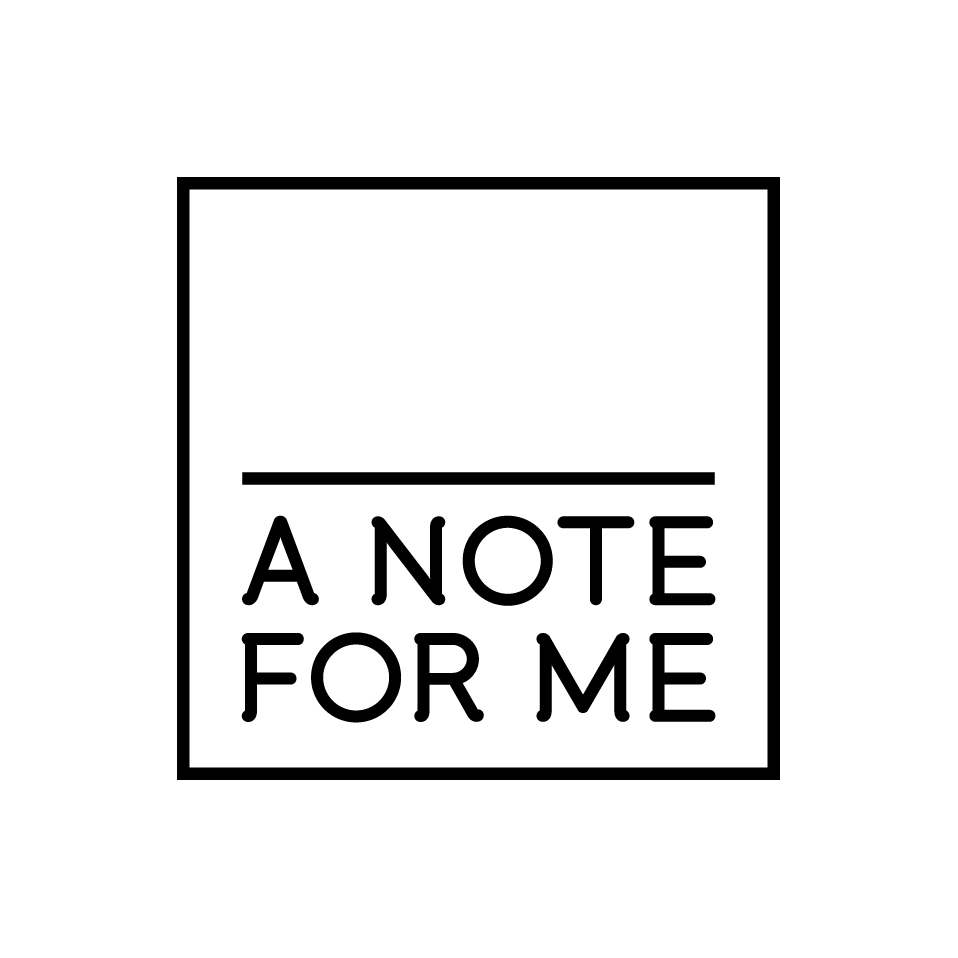MASTERSTROKE // quilty
There are only a few days left to see the latest exhibition from one of Australia’s most acclaimed contemporary artists (and one of my personal favourites). Ben Quilty's last decade of work is showcased in multiple rooms at the Art Gallery of NSW, taking you on an expressive journey on how he sees the world. This quote from Quilty himself reflects his social conscience – "My work is about working out how to live in this world, it’s about compassion and empathy but also anger and resistance. Through it I hope to push compassion to the front of national debate."
His powerful brushstrokes and vibrant colours evoke strong emotions with the content tackling serious issues and reflecting his political views on the injustices in our society. He has campaigned for inmates, refugees and veterans, visually representing their plights and telling their stories. He was also an official war artist in Afghanistan and these paintings in particular show the pain and torment in facial expressions in his renowned vivid style.
Margaret Olley is also one of my treasured Australian artists so seeing Quilty's intimate portrait of her that won the 2011 Archibald Prize is a special experience. I particularly love his account of her – "Her lack of ego is so appealing. Margaret didn’t understand why anyone would want to see a portrait of her. She’s such an inspiration. She was a feminist ahead of her time. She’s vigorously passionate about social and political issues, as well as art, and is enormously compassionate. Margaret has such an infectious attitude to both life and death."
A real standout was the room displaying Quilty’s 'Rorschach' landscapes which are inspired by Hermann Rorschach’s ink blots used for psychological testing. This series is mesmerising and Quilty used the method of applying thick layers of oil paint, pressing the still-wet panels into six unpainted panels to create a mirror of the original. Documenting significant events in our dark colonial history by depicting areas such as Myall Creek where Indigenous tribes were attacked in a massacre. Ben Quilty shows the juxtaposition of the picturesque with the turbulence of trauma through the blotted, stain effect. Quilty's art is as confronting as his subject matter and his bold use of paint represents his strong ethics and viewpoints.




